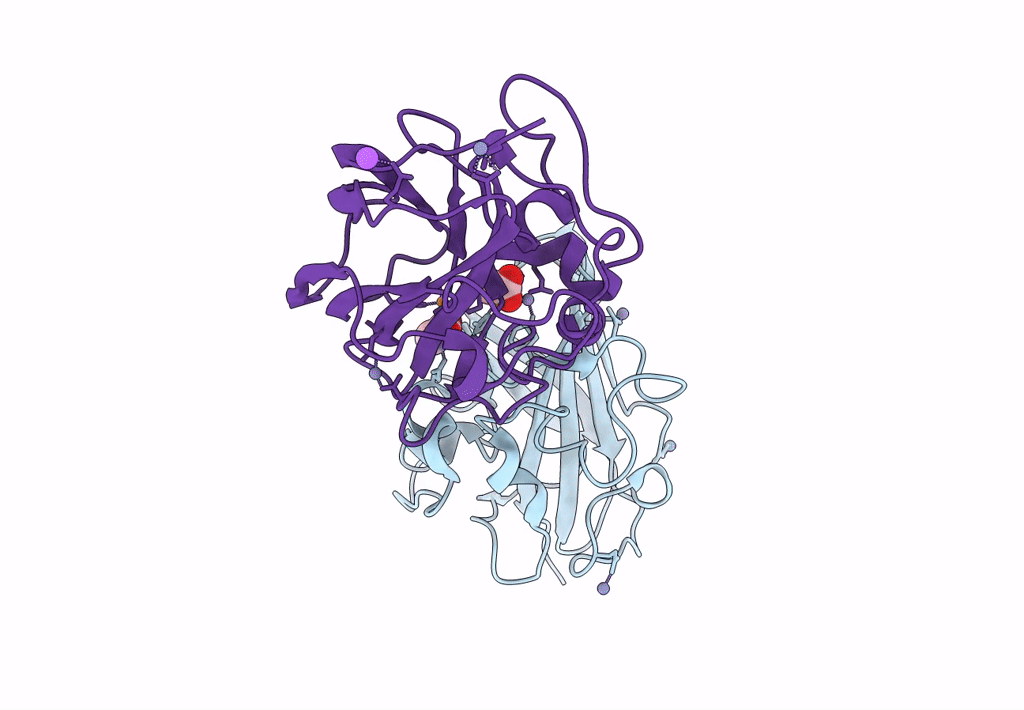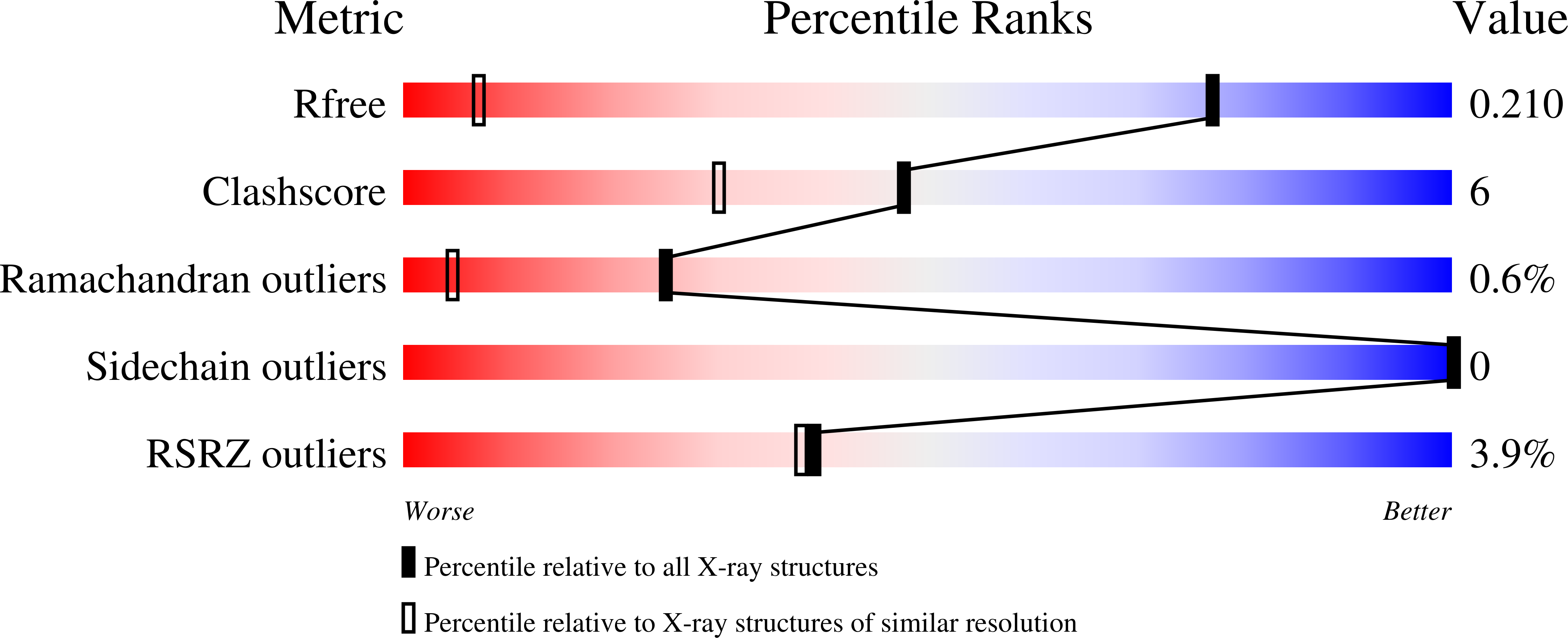
Deposition Date
2023-01-26
Release Date
2023-08-30
Last Version Date
2024-11-20
Entry Detail
Biological Source:
Source Organism:
Vibrio cholerae O1 biovar El Tor (Taxon ID: 686)
Host Organism:
Method Details:
Experimental Method:
Resolution:
1.13 Å
R-Value Free:
0.20
R-Value Work:
0.17
Space Group:
P 21 21 2


